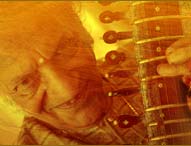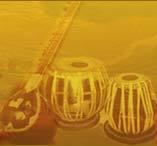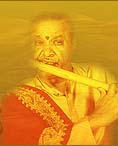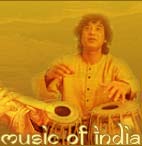Flute is a musical instrument that belongs to the woodwind family and produces a sweet sound. A person who plays the flute is known as a flautist or a flutist. A flute produces sound only when a stream of air is blown through it, which bounces in and out of its numerous holes. The air creates a Bernoulli or siphon effect and the air contained in cylindrical resonant cavity in the flute gets keyed up. This produces an amazingly melodious sound from the instrument. The frequency of the air inside the musical instrument is changed by the player, by opening and closing the holes in its body.
The effective length of the resonator also changes with this action and the volume of the resonant cavity is altered, determining the pitch of the notes being formed. As per our information, in order to increase the volume of the Indian flute, one must make use of a larger resonator and a larger air stream, or increased air stream velocity. You can also produce loud sounds by enlarging the holes of the flute. It is necessary to direct the air stream the correct angle and velocity, in the absence of which the flute will fail to vibrate and produce any sound.
There are basically two types of flutes, fipple flutes and non-fipple flutes. A fippled flute comprises of an accurately formed and placed channel, through which the air is extruded. In non-fipple flutes, the air stream is directed by the lips of the player, called the embouchure. Thus, non-fipple flute instrument enables the player to adjust the pitch, volume, and timbre as per his wishes. However, the fipple flutes are the best suited for beginners, who cannot blow too much air and are not used to circular breathing.
Categories of Flute
The music instrument flute can be classified into a number of broad categories. The two basic categories are as follows:
Side-blown Flute
The side-blown flute, also known as a transverse flute, is held horizontally or sideways to play.
End-blown Flute
The end-blown flute is played by blowing through the end of a tube or pipe, just like a Shehnai. The two sub-categories of the end-blown flute are:
Rim-blown Flute (Notched Flute)
This flute has a notch or a sharp edge and is played by blowing across the top of a tube.
Duct Flute (Fipple Flute)
This flute is played by blowing air into a channel, which then travels across a sharp edge.
Types of Modern Flutes
Bass Flute in C (Plays one octave lower than the ordinary flute)
Alto Flute in G (Notated a 4th above it's actual sound)
Tenor Flute or Flute d'amore in B flat (Pitched one step lower than the C flute)
Concert Flute in C (Range is over three octaves, starting from middle C)
Soprano Flute in E Flat (Range of three octaves)
Treble Flute in G (Three octave range, starting from g1, it's pitch is a 4th lower than it's actual sound).






